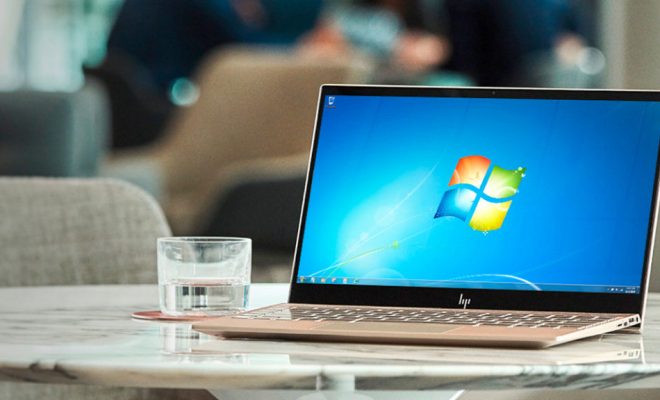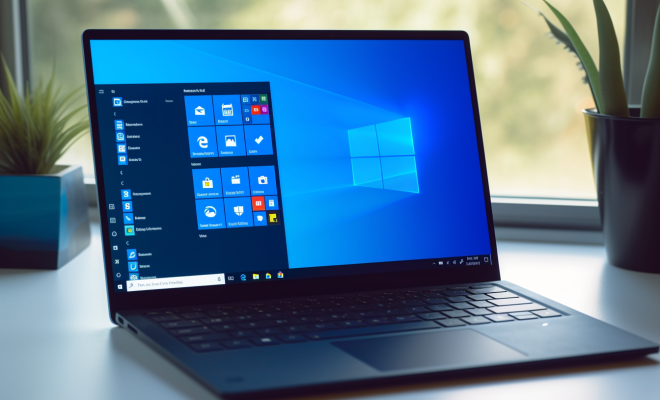How to Fix the “The Exception Breakpoint Has Been Reached” Error on Windows

Have you encountered the error message “The exception breakpoint has been reached” on your Windows computer? This can be frustrating and confusing, especially if you’re not sure what’s causing it. Fortunately, there are a few simple steps you can take to fix the issue and get back to using your computer.
First, let’s break down what this error message means. In general, an exception breakpoint is an error that occurs when a program tries to perform an operation that isn’t allowed. This can happen for a variety of reasons, including incompatible software, corrupt system files, and hardware issues.
If you’re seeing the exception breakpoint error message when starting a specific program, the first thing to try is updating that application. In some cases, a bug or compatibility issue can trigger the error, and a software update may fix the issue. Check the program’s website or support documentation for information on how to update.
If updating the program didn’t work, you can also try repairing it. Windows has a built-in tool called “Programs and Features” (previously known as “Add or Remove Programs”) that allows you to uninstall or repair installed software. To repair a program, go to Control Panel > Programs and Features, select the program that’s causing the error, and click “Repair”. Follow the prompts to complete the repair process.
If neither updating nor repairing the program works, you can also try running it in compatibility mode. This option allows you to run a program using settings from an older version of Windows, which can sometimes help with compatibility issues. To run a program in compatibility mode, right-click on its icon and select “Properties”. From there, go to the “Compatibility” tab and select the option to run it in compatibility mode. Choose the version of Windows the program was designed for, and then try running the program again.
If you’re still seeing the exception breakpoint error message after trying these steps, it might be due to an issue with your system files. Windows has a built-in system file checker that can scan your system for corrupt files and attempt to repair any issues. To use this tool, open a command prompt (search for “cmd” in the Start menu) and type “sfc /scannow” (without quotes) and press Enter. The system file checker will scan your system and attempt to repair any issues it finds.
Finally, if the issue persists, it’s possible that there’s a hardware problem causing the error. This could be anything from a faulty hard drive to a damaged motherboard. If you suspect a hardware issue, you may need to take your computer to a professional for diagnosis and repair.





